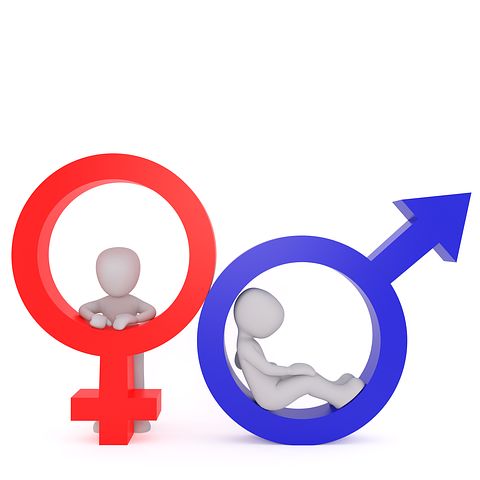By WIN Contributor: Dr. Laura Imola, Naturopathic Doctor
Women and men are increasingly experiencing the effects of estrogen dominance in the body. This is due to the influences of our everyday lifestyle and pollutants in our environment. The shift in hormone levels cause so many women and men to feel suboptimal health.
Estrogen Dominance In Women
Due to menstruation and menopause, most women are acutely aware of their hormone levels. Estrogen dominance is noticeable in women who still have their cycle and can include:
- Irregular periods
- PMS
- Irritability
- Breast tenderness
- Water retention
- Abdominal or low back cramping before menses
- Increased appetite
- Increased food cravings
- Insomnia
- Digestive Changes
- Bloated Abdomen
- Headaches
- Painful periods
- Decreased sex drive
- Mood changes – anxiety and/or depression
- Fatigue
- Ovarian cysts
- Uterine fibroids
- Breast cysts
- Hot flashes (even in women of reproductive age)
- Night sweats (even in women of reproductive age)
Women can start to experience some of these symptoms as early as their teens. These symptoms also can develop at any age (20s, 30s, 40s, pre-menopausal ages) depending health influencers at any given time.
Hormones like progesterone, melatonin and thyroid hormones help to counter estrogen. However, in so many women, estrogen goes unopposed because optimal secretion of these hormones are often blocked from:
- Stress
- Poor nutrition
- Not enough fiber
- Low water intake
- Caffeine
- Not enough healthy fat
- Not enough exercise
- Not enough sleep
- Medication
- Irregular immune function
In addition, prevalent environmental pollutants, also known as Xenoestrogens or Environmental Estrogens, can bind to hormone sensitive tissue in women and can exacerbate symptoms. These environmental influencers are not easily broken down or eliminated from the body.
Estrogen Dominance In Men
Although testosterone is the dominant hormone for men, they also have small concentrations of estrogen in their bodies. However, an enzyme called aromatase can convert testosterone to estrogen through a process known as aromatization. This causes a decrease in testosterone and an increase in estrogen.
The symptoms of estrogen dominance in men include:
- Fatigue
- Mood changes – low mood
- Loss of muscle mass
- Weight gain / obesity
- Low libido
- Erectile dysfunction
- Blood sugar imbalance
- Risk of Type 2 Diabetes
- Risk of Cardiovascular Disease
- Hypercholesteroemia
- Risk of Benign Prostatic Hypertropy
- Risk of Prostate Cancer
- Gynecomastia
Factors that increase aromatization include:
- Stress
- Poor nutrition
- Not enough fiber
- Low water intake
- Caffeine
- Not enough healthy fat
- Alcohol intake
- Not enough exercise
- Xenoestrogens
- Medications
There are many effective and proactive treatments that address estrogen dominance for both women and men. This can include individualized nutrition, proper exercise, supporting the body’s elimination pathways and specific natural remedies that are chosen based on the unique physiology of a patient to help support optimal hormone balance.
We all have different lifestyles, day-to-day demands, biochemistry, genetics, health histories and health symptoms. Working on hormone balance needs to be individualized for the best outcome. If you would like to discuss your specific hormone related concerns and the options that are the best fit for you, feel free to contact the clinic to arrange a time to visit and I would be happy to help you optimize your hormone health.
References:
Kaur, SD. The complete natural medicine guide to breast cancer. Feb 2004.
Seippel L, Bäckström T. Luteal-phase estradiol relates to symptom severity in patients with premenstrual syndrome. J Clin Endocrinol Metab. 1998 Jun;83(6):1988-92.
Williams, G. Aromatase up-regulation, insulin and raised intracellular oestrogens in men, induce adiposity, metabolic syndrome and prostate disease, via aberrant ER-α and GPER signalling. Mol Cell Endocrinol. 2012 Apr 4;351(2):269-78.
Zahradnik HP, Breckwoldt M. Contribution to the pathogenesis of dysmenorrhea. Arch Gynecol. 1984;236(2):99-108.


